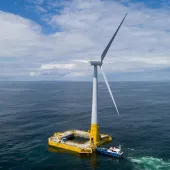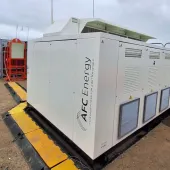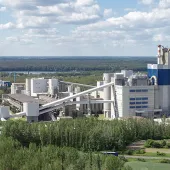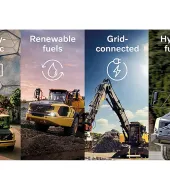Net-zero pathway in focus at GCCA ‘CEO Gathering’
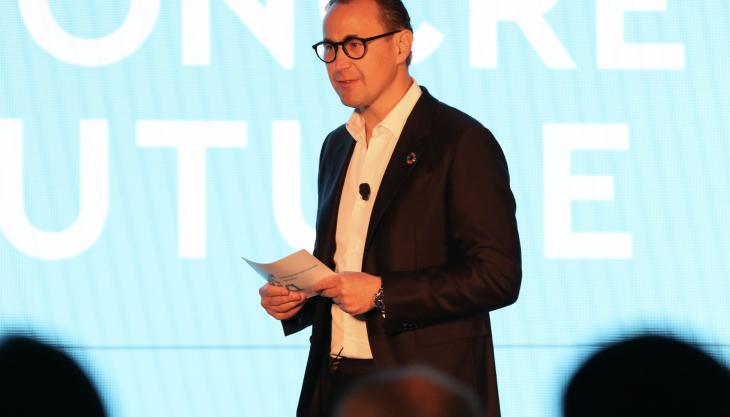
Cement and concrete industry leaders call for deeper collaboration with governments on Net Zero targets
THE Global Cement and Concrete Association’s (GCCA) worldwide ‘CEO Gathering’ took place in the US city of Atlanta this week, bringing together chief executive officers of leading cement and concrete companies, as well as policymakers and built environment leaders, to progress the implementation of the industry’s Roadmap to Net Zero.
The two-day gathering, titled ‘Concrete Future: Net Zero Delivery – From Commitment to Action’, was the first face-to-face meeting of industry leaders for three years and included high-level discussions on how to address roadblocks, find shared solutions and collaborate with wider societal stakeholders to secure the sector’s net-zero pathway.
The gathering explored how the industry can work more effectively with governments and increase investment for the deployment of carbon capture, utilization, and storage (CCUS) – a key part of the industry’s Roadmap.
GCCA chief executive Thomas Guillot (pictured) said: ‘To achieve net zero and enable the delivery of the sustainable built environment of the future, there needs to be ongoing engagement and deeper collaboration between our industry and government in the years ahead. Targeted government policy will be vital to removing barriers and to expediting our industry’s decarbonisation plans.
‘Cement and concrete will play a vital role in delivering a net-zero world. In 2021, our industry made a breakthrough in pledging to reach net zero by 2050. This year, in March, we launched the first of a series of Net Zero Accelerator initiatives to help national cement and concrete industries ensure net-zero targets are met.’
Notable speakers at the net-zero gathering included: Selwin Hart, United Nations Assistant Secretary-General for Climate Action; Brad Crabtree, Assistant Secretary for Fossil Energy and Carbon Management in the US Department of Energy; and Diane Hoskins, co-chief executive officer of Gensler – the world’s largest architecture firm.
Selwin Hart said: ‘Concrete and cement are some of the most carbon-intensive materials in our built environment. So, on behalf of the Secretary-General, I’m calling on you to switch from fossil fuels, starting with coal, and to do so as soon as possible. I also ask you to invest in the necessary technologies and upgrades to get to net zero, including investing in the ingredients and mixes that could help emit less carbon.
Brad Crabtree said: ‘The cement and concrete industry is leading efforts to further expand and accelerate emission reductions, both globally and at the national level; but industry can’t do it alone. Government has a critical role to play, and we welcome the opportunity to partner with the cement and concrete industry to reduce emissions and decarbonize a critical economic sector.’
A survey conducted in advance of the gathering found that decarbonization ranked as the highest priority area among cement and concrete industry leaders. The survey also showed overwhelming confidence among industry leaders that their industry will continue to prosper as society transitions to a net-zero future.




